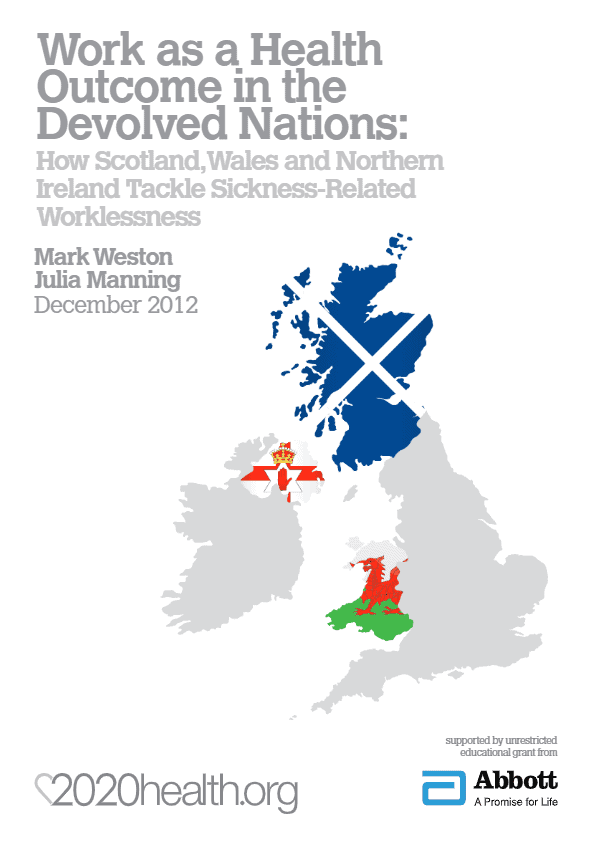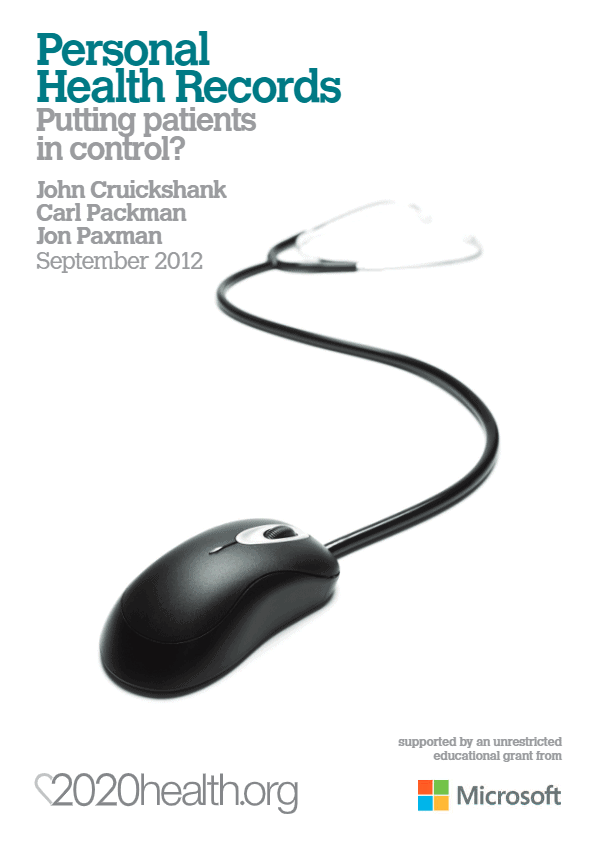Ankylosing Spondylitis: Hard to say, hard to see, time to hear
Gail Beer & Matt James
Spondyloarthritis (or spondyloarthropathy; SpA) is the name given to a family of inflammatory rheumatic diseases. Axial spondyloarthritis or axial SpA (often abbreviated to axSpA) refers to a particular form of spondyloarthritis in which the predominant symptom is back pain.
This report focuses primarily on ankylosing spondylitis (AS), a defined disease of axSpA. AS is a chronic spondyloarthropathy that primarily involves the spine. The cause of AS is unknown but there is a strong genetic component and prevalence is estimated to be up to 0.2–0.5 percent of the adult Caucasian population (Braun, Bollow & Remlinger 1998). Although twice as many people suffer from AS as multiple sclerosis, more people are aware of the latter as a condition.
There have been many good initiatives developed over the past couple of years around spondyloarthropathies which have helped to raise the profile of the condition, but there is still more to be done. Further work is needed to clearly communicate the value of early diagnosis to patients, professionals, Health and Wellbeing Boards, NHS England and CCGs, as well as to those developing quality standards such as National Institute for Health and Care Excellence (NICE), the Clinical Commissioning Group Outcomes Indicator Set (CCGOIS) and Quality and Outcomes Framework (QOF).
Recognising these initiatives and the identified forms of best practice, this report compliments existing work and focuses on the sustainable application of recommended standards. In so doing the hope is to increase the participation and responsibility of patient, professional and policy maker in AS care and treatment.




